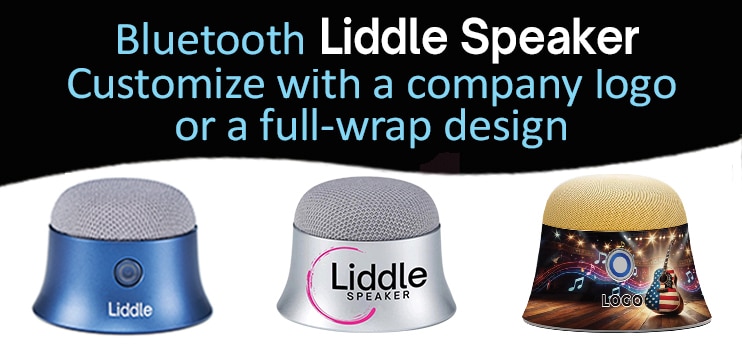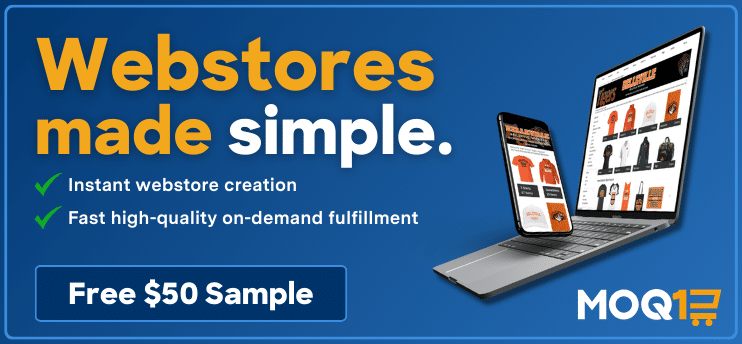Last month, PPAI Research conducted a deep dive into the promo preferences and trends of voters and campaigns for both major political parties. But we are all collectively about as close as you can get to the finish of another presidential election cycle, so PPAI Media reached out to Unionwear(PPAI 111926, Standard-Base), a major supplier of campaign merch, to find out how promotional products fit into the 2024 presidential election.
- According to PPAI Research, the majority of voters (53.3%) indicated that promotional products positively or very positively influence their view of a candidate.
- Budget allocation results show that most campaigns – at various levels of politics – allocate a significant portion of their marketing money for branded merchandise, with the most common segment landing at 11%-20% of their total campaign budget.

Below are campaign trends from this year’s election cycle based on observations from Unionwear’s president, Mitch Cahn, and findings by PPAI Research.
Can Hats Win An Election?
The presidential nominees in 2024 certainly seem to think hats play their part, and the thinking has landed the promotional product at the center of the American zeitgeist.
“Nowhere are hats more important than in presidential campaigns, with Trump’s entire movement defined by the MAGA hat and Kamala’s camo hat being deemed by Vogue as last season’s hottest fashion item,” says Cahn.
RELATED: Candidate Comparison: Where Do Trump And Harris Stand On Issues Key To Promo?
Whether it’s the result of presidential merch or part of a larger style trend, baseball caps specifically have now become an example of gender-neutral apparel that has appeal across essentially all demographics.
- The most preferred promotional products among campaign representatives were hats and caps, with 69% of respondents having favorable opinions on the effectiveness of campaign headwear. Democratic campaigns prefer them slightly more than Republicans.

A decade ago, popular opinion might have suggested that by 2024, successful campaigning would be performed largely through digital practices, but the simplicity of the baseball cap has allowed it to be a signifier that people online can deploy as casually as memes.
“Now that hats are worn indoors, outdoors and even with formal attire, online influencers can continue to promote lifestyle while wearing political billboards on their foreheads,” Cahn says.

Mitch Cahn
President, Unionwear
Promo as Fundraiser or Show of Force?
The marketing potential of a promotional product is well established, but once a promo product reaches a certain level of popularity, different strategies can be taken, as evidenced by the Trump and Harris campaigns’ differing methods of sales with their baseball caps.
- Federal Election Commission (FEC) filings show that the Harris campaign has sold more merch than the Trump campaign, presumably led by the camo hat. At various points, the hat was marked as “sold out.” By making the sale of the camo hat an announced or spontaneous event – and often equipping celebrity endorsers with them – the campaign managed to execute the type of strategized rollout of many successful promo campaigns and likely used the money raised on additional marketing methods such as television ads.
- On the other hand, the Trump campaign seemed to continue its goal of getting the red “Make America Great Again” hat on as many heads as possible to bolster the image of a uniformed and unified Trump supporter.
“Trump campaigns used red MAGA hats as a show of force, basically shifting their merch strategy to one that gives away the intellectual property to street vendors and Amazon, Etsy and eBay sellers in China in exchange for allowing supporters to access cheap hats,” Cahn says.
During the presidential election, the Harris campaign has used the deliberate PR strategy of pointing out that her hats are “Union Made in USA” as a way to both contrast the Trump merch and more easily justify any higher costs.
Success is still to be determined, of course. Plenty of successful marketing and promo campaigns have used scarcity to drive demand and elevate a brand name. Obviously, the strategy of flooding the market with a promo product speaks for itself and has its own proven track record.
Did Harris Merch Get An Olympics Bump?
It is perhaps not surprising that Harris merch was the most sought after of the election cycle. As a former president, and thus a returning candidate, many of Trump’s supporters already bought their promo products over the past nine years. Plenty of brands will tell you that what is most new is what is most exciting to the public.
RELATED: Promo Industry Expects Boon After Biden Exits Race
But was there another factor at play in the strong sales of Harris’ campaign merch? Harris announced her candidacy for president – following Joe Biden’s decision to withdraw from the race – on July 21. Five days later, the opening ceremony for the Summer Olympics was held. Perhaps more than any single event, the Olympics tend to bring the patriotism out of even the most cynical Americans. This may have been a benefit for the newly announced presidential candidate who was touting “Union Made in USA” merch.
- Cahn points toward Google Trends that show a correlation between searches for US made products and the Summer Olympics.
“It seems that millions of people shouting ‘USA, USA’ is good for Made in USA business, a harbinger for the next four years, when the USA hosts the World Cup and Olympics and celebrates its 250th birthday in 2026,” Cahn predicts.


